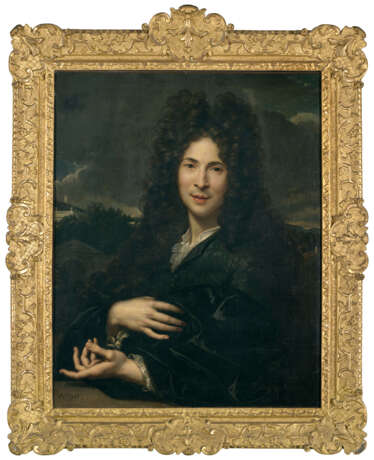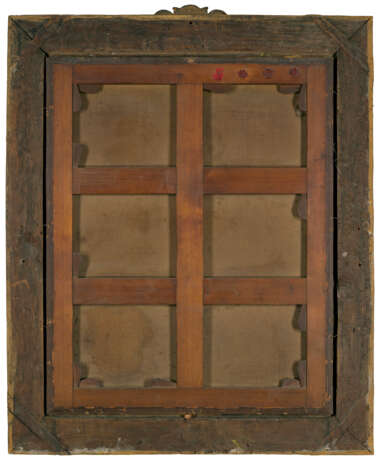ID 974970
Lot 22 | ÉCOLE FRANÇAISE, 1696
Estimate value
€ 40 000 – 60 000
Portrait de trois-quarts d'un gentilhomme
daté '1696.' (en bas, à gauche)
huile sur toile
81,3 x 65,5 cm. (32 x 25 3/4 in.)
Provenance
Collection particulière, région lyonnaise.
Post lot text
FRENCH SCHOOL, 1696, THREE-QUARTER-LENGTH PORTRAIT OF A GENTLEMAN, DATED, OIL ON CANVAS
In his Dictionnaire universel contenant tous les mots français of 1690, Antoine Furetière (1619-1688) wrote that "all the passions, the movements of the soul, are painted on the face". This idea of capturing not only the features of the model, but also his or her mind intrigued French high society at the end of the 17th century, so much so that everyone wanted to be painted. Portraiture became a social necessity both to flaunt one's beauty in a capricious and coquettish society and to keep the memory of a departed loved one alive.
However, French portraiture during the reign of Louis XIV (1638-1715) remains one of the least well-known areas of Grand Siècle painting. Portraits without attribution are numerous, as are portraitists whom we know only by their reception piece. A portrait such as this one, although dated, remains an enigma to be solved. Who was this bright-eyed model, who reaches out towards us, and who was the skillful artist that wielded his brush with such mastery?
| Applied technique: | Oil on canvas |
|---|---|
| Art style: | Old Masters |
| Genre: | Portrait |
| Place of origin: | Western Europe, France, Europe |
| Auction house category: | Paintings |
| Applied technique: | Oil on canvas |
|---|---|
| Art style: | Old Masters |
| Genre: | Portrait |
| Place of origin: | Western Europe, France, Europe |
| Auction house category: | Paintings |
| Address of auction |
CHRISTIE'S 9 Avenue Matignon 75008 Paris France | ||||||||||||||
|---|---|---|---|---|---|---|---|---|---|---|---|---|---|---|---|
| Preview |
| ||||||||||||||
| Phone | +33 (0)1 40 76 85 85 | ||||||||||||||
| Fax | +33 (0)1 40 76 85 86 | ||||||||||||||
| Conditions of purchase | Conditions of purchase | ||||||||||||||
| Shipping |
Postal service Courier service pickup by yourself | ||||||||||||||
| Payment methods |
Wire Transfer | ||||||||||||||
| Business hours | Business hours
|





